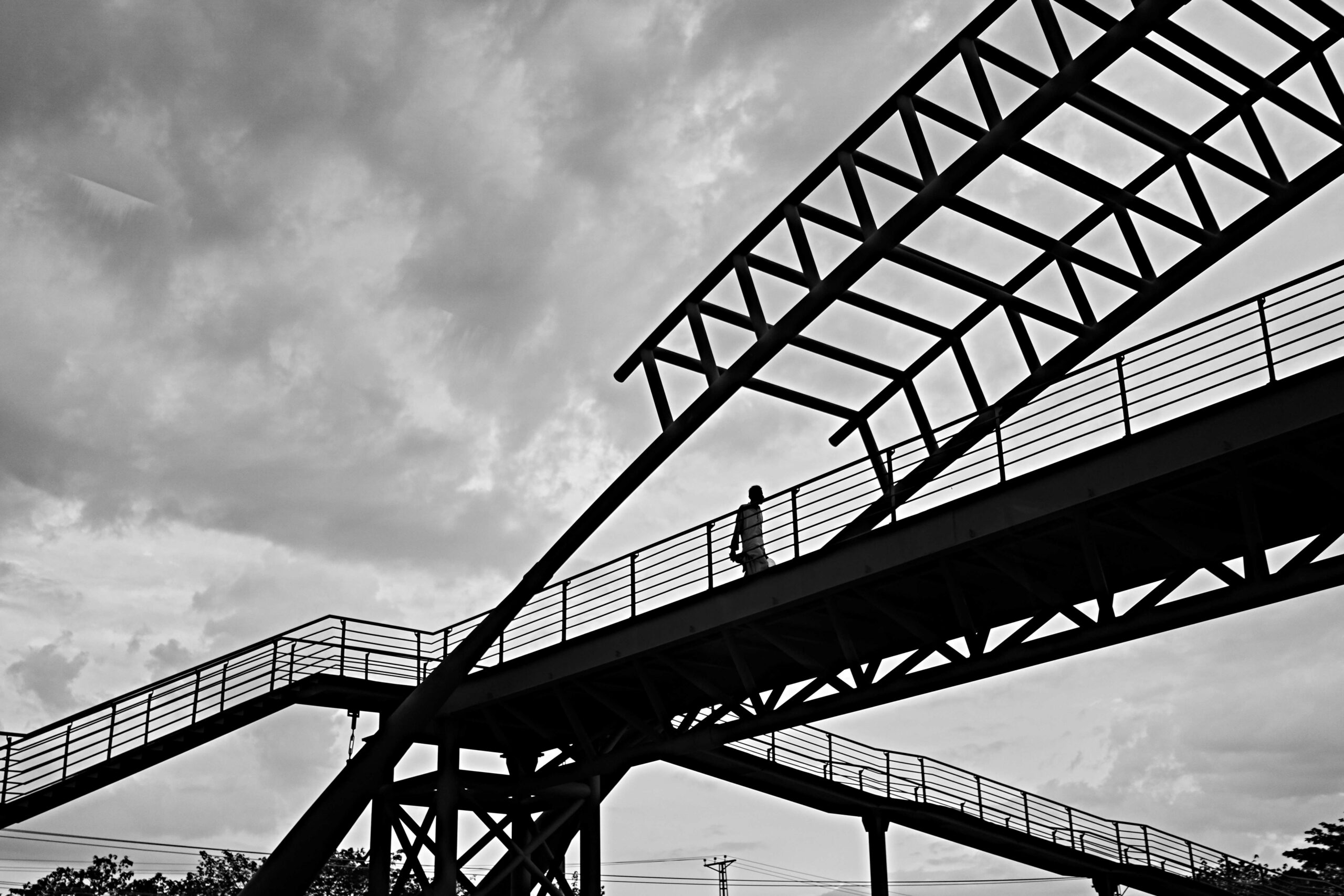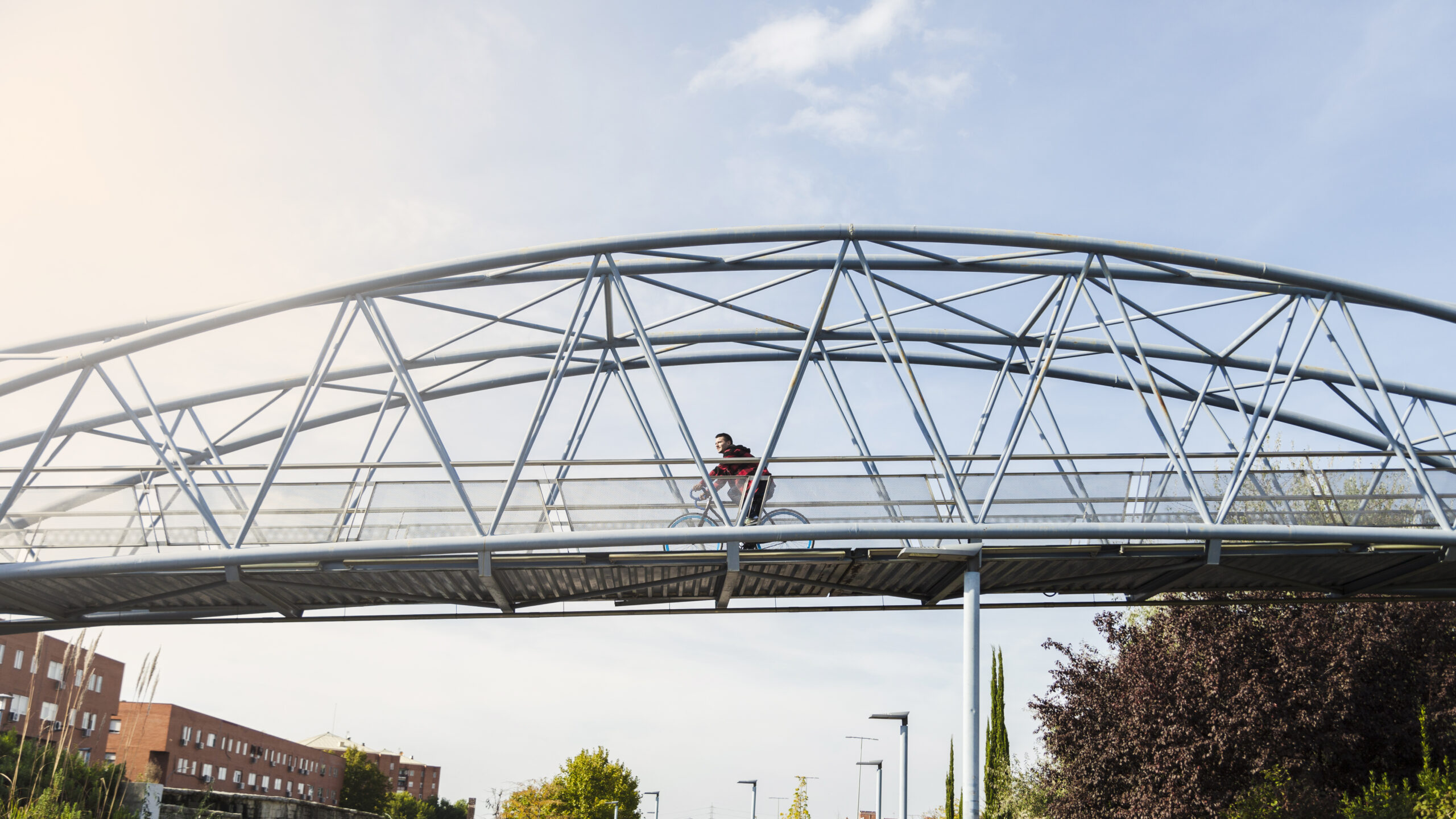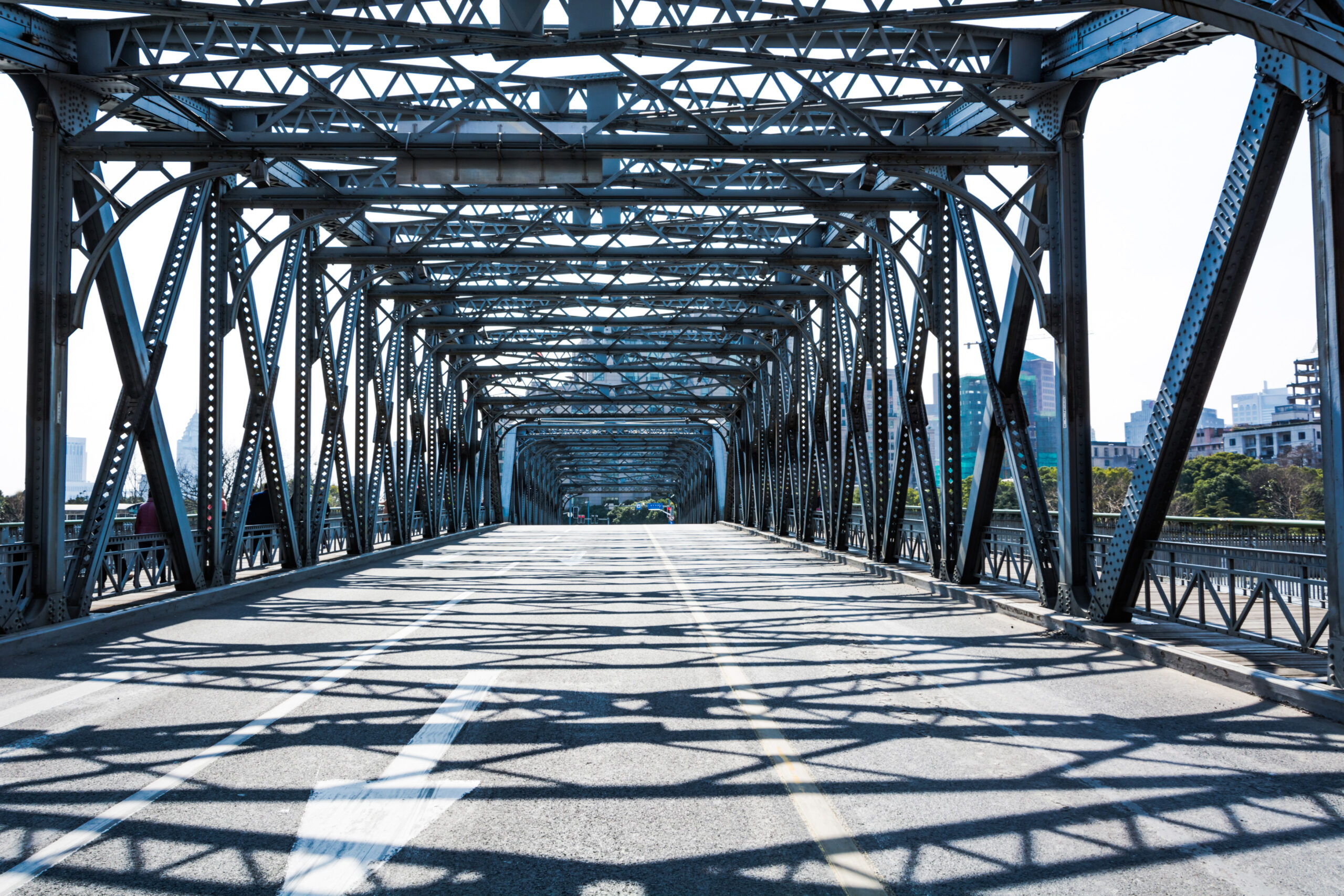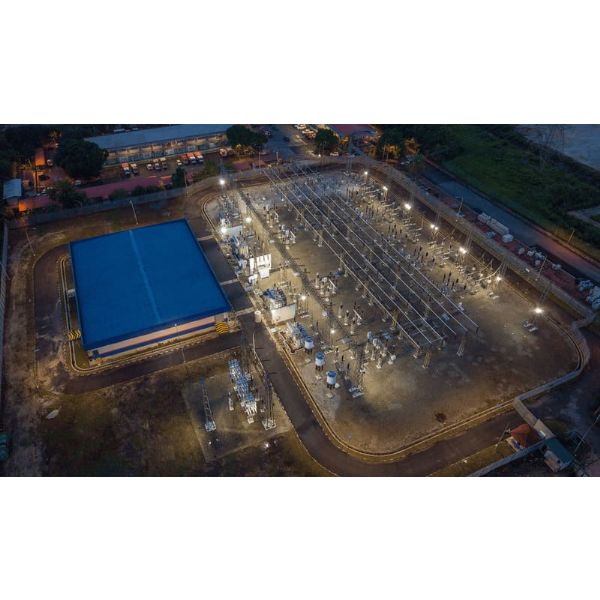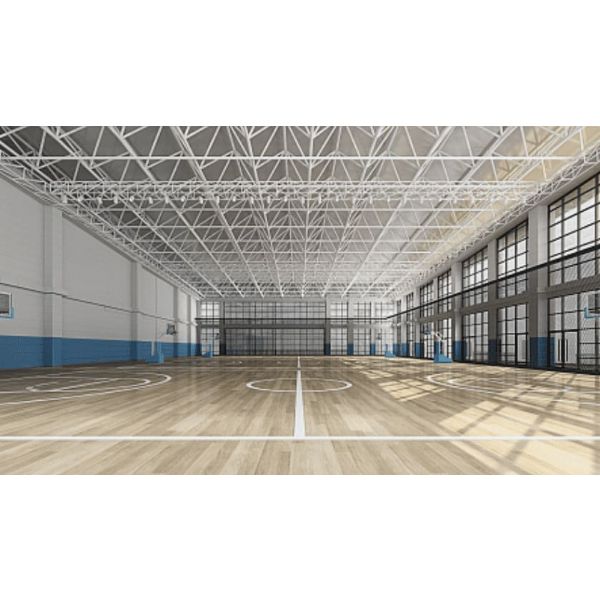Steel Structure Bridges Project Details
Project Snapshot
| Location | Angola |
|---|---|
| Steel Usage | 107 tons (structural steel) |
| Completion Time | June 2023 |
| Bridge Function | Mixed traffic: motor vehicles + separated pedestrian walkway |
This Angola project adopted a robust yet lightweight steel solution to support mixed traffic while ensuring safe pedestrian circulation. The final bridge configuration reflects a careful balance between structural efficiency, construction practicality, environmental resilience, and total cost of ownership—key priorities in the design and delivery of Steel Structure Bridges.
Why Choose Steel Structure Bridges?
Across diverse terrains and climates, Steel Structure Bridges deliver high performance with comparatively low material mass. Steel’s predictable mechanical properties, modular constructability, and adaptability to complex geometries enable faster on-site assembly, efficient logistics, and reliable service over decades of use. These benefits are especially significant in regions where weather windows and access routes can be limited, as is often the case in remote areas of Angola.
Key Advantages
- High Strength-to-Weight Ratio: Reduced self-weight lowers foundation demands and simplifies transport and erection.
- Modular Fabrication: Standardized components improve quality control, speed up site works, and allow phased construction.
- Design Flexibility: Trusses, plate girders, and orthotropic decks can be tailored to span, clearance, and loading needs.
- Lifecycle Value: Durable coatings and straightforward inspection access deliver long service life with predictable maintenance.
Concept and Configuration
The Angola Vehicle + Pedestrian Steel Bridge was conceptualized to provide safe, reliable crossing for local vehicular traffic while establishing a clearly segregated pedestrian lane with protective barriers. The final concept prioritized structural simplicity, shop prefabrication, and repeatable connections to reduce installation time and risk. While the specific span and geometry are tailored to site conditions, the project follows best-practice principles widely used in Steel Structure Bridges worldwide.
Functional Zoning
- Vehicular Carriageway: Designed for local traffic classes with appropriate deck surfacing and barriers.
- Pedestrian Walkway: Safety railings, anti-slip surface, and clear separation from vehicles improve user comfort.
- Drainage and Utilities: Concealed or guard-protected services and efficient deck drainage to preserve coatings.
Materials and Standards
The superstructure utilizes approximately 107 tons of structural steel, fabricated to recognized material standards suitable for bridge applications. Typical grades for projects of this class include high-strength structural steels (e.g., Q355B / S355JR or equivalents), selected for yield strength, toughness, weldability, and availability. Fasteners conform to bridge-class bolt standards and are paired with certified welding procedures and weld consumables compatible with the base materials.
Corrosion Protection Strategy
Given Angola’s climatic variability, corrosion protection is a critical part of the design. Durable protection is achieved through a multi-layer coating system (e.g., zinc-rich primer, intermediate epoxy, and weather-resistant polyurethane topcoat) or, where appropriate, hot-dip galvanizing for smaller elements. Detailing minimizes water traps and enables easy inspection, touch-up, and repainting over the bridge’s service life.
Structural System and Detailing
While Steel Structure Bridges support a wide range of geometries—such as trusses, plate girders, arches, and box-girder configurations—the Angola project emphasizes modularity and straightforward fabrication. Connections are rationalized to repetitive patterns to accelerate assembly and reduce on-site welding, with bolted field joints for speed and safety. Bearings and expansion joints are selected for serviceability, durability, and ease of replacement.
Deck and Wearing Surface
The deck system is designed for stiffness, vibration control, drainage, and skid resistance. For mixed traffic, wearing courses compatible with steel decks are specified to balance grip, waterproofing, and maintainability. Walkway panels incorporate anti-slip finishes and accessible inspection points.
Geotechnical Interface and Substructure
Foundations and substructure design account for local soil conditions, hydrology, and scour risk. Steel’s weight efficiency reduces loads on abutments and piers, which is advantageous in locations where foundation mobilization and concrete supply are constrained. Bearing seats and anchor zones are detailed to accommodate temperature movements and long-term creep/shrinkage of any interfacing concrete components.
Fabrication and Quality Control
Fabrication follows a controlled factory process to ensure dimensional accuracy, weld integrity, and coating quality. Inspection and test plans cover material traceability, fit-up, weld procedures (WPS/PQR/WPQ), non-destructive testing (e.g., UT/MT/PT as appropriate), and dry-film thickness (DFT) measurements for coatings. Dimensional checks verify camber, alignment, and hole tolerances to guarantee smooth field assembly.
Packaging and Logistics
For Angola deployments, components are dimensioned for local transport constraints and site access. Members are labeled for sequence clarity, with protected contact surfaces and coatings. Bolts, nuts, washers, and small fittings are grouped by assembly stage to minimize on-site handling.
Erection, Safety, and Construction Sequencing
Field erection employs a stepwise methodology focused on stability, alignment, and worker safety. Cranes or launching systems are selected based on site access and river conditions. Temporary works, such as bracing or falsework, are designed for predictable load paths and safe removal once the permanent system stabilizes.
Traffic and Pedestrian Management
Because the bridge serves both vehicles and pedestrians, the construction team implements segregated access routes, high-visibility signage, and controlled work zones. Post-installation, the pedestrian guardrails and curb elements maintain separation between users while providing clear sightlines.
Durability, Inspection, and Maintenance
Steel bridges are designed for easy inspection and maintenance. The Angola bridge incorporates features like accessible inspection points, drain paths that avoid coating damage, and standardized details to facilitate future parts replacement. Routine maintenance primarily involves cleaning drains, checking joint seals, monitoring bearings, and coating touch-ups per the protective system manufacturer’s guidance.
Lifespan Planning
With appropriate inspection intervals and periodic recoating, Steel Structure Bridges routinely achieve service lives measured in many decades. Sustainability is improved further by steel’s recyclability and the possibility of deck or component upgrades without replacing the entire superstructure.
Sustainability and Environmental Considerations
Steel is inherently recyclable, and efficient designs minimize tonnage without compromising safety. Factory prefabrication reduces waste and supports better emissions control. On site, shortened installation windows help limit disturbance to waterways and habitats. For the Angola context, a compact construction schedule also reduces community disruptions and supports local economic activity by restoring road connectivity faster.
Cost and Schedule Performance
The bridge was completed in June 2023, reflecting disciplined planning from early design through commissioning. By leveraging modular components and repetitive connections, the project reduced on-site fabrication and minimized weather-related delays. Although cost depends on span, site access, and finishes, the controlled factory fabrication and streamlined erection typical of Steel Structure Bridges lower overall risk and help keep budgets predictable.
User Experience and Community Benefits
The dual-use layout enhances community safety and convenience. Pedestrians benefit from dedicated walking lanes, continuous handrails, and anti-slip surfaces, while vehicles enjoy a smooth, well-drained carriageway with compliant barriers. Clear signage and lighting (where specified) improve visibility, and the refined structural detailing creates a clean, modern appearance that complements the surrounding landscape.
Risk Management and Resilience
From the outset, risk management guided decision-making: corrosion protection for long-term durability, detailing to mitigate fatigue hotspots, redundancy where needed, and drainage strategies that preserve coatings. Expansion joints and bearings are specified for expected temperature ranges and movement, while the substructure accounts for hydrological effects such as scour and seasonal flow variations—critical resilience features for bridges in diverse Angolan environments.
Lessons Learned and Best Practices
- Standardization Pays Off: Repeating connection types and member sizes accelerates fabrication and field assembly.
- Early Coating Strategy: Integrating corrosion protection details in design minimizes touch-ups and extends intervals between repaints.
- Access for Inspection: Built-in access points reduce maintenance time and cost over the life of the bridge.
- Drainage by Design: Proper water paths protect structural steel and deck surfaces, improving long-term performance.
Applications Beyond This Project
The methods applied here are transferable to rural crossings, urban overpasses, and industrial access routes. Steel Structure Bridges are especially competitive where rapid deployment, controlled quality, and lighter foundations are advantageous—whether spanning rivers, flood channels, or rail and road corridors. Modularization allows scaling to different lengths and widths without reinventing the system each time.
Frequently Asked Questions (FAQ)
What makes Steel Structure Bridges suitable for mixed traffic?
Their high strength-to-weight ratio and modular deck systems support vehicle loads while incorporating safe, segregated pedestrian walkways. Standardized details enable robust barriers, handrails, and surfacing to serve both user groups effectively.
How long do steel bridges last?
With proper design, protective coatings, and routine maintenance, steel bridges can achieve service lives of many decades. Periodic inspection and recoating are planned into the lifecycle strategy to maintain performance.
Is corrosion a concern in Angola’s climate?
Corrosion is addressed by selecting appropriate coating systems, detailing to avoid water traps, and planning inspection/touch-up cycles. In many cases, a zinc-rich primer–epoxy–polyurethane system or hot-dip galvanizing for smaller parts provides durable protection.
Can the bridge be widened or upgraded later?
Steel systems are inherently adaptable. Depending on the original concept, future upgrades may include deck resurfacing, railing replacement, lighting additions, or selective member reinforcement, often with minimal disruption.
How is safety ensured during construction?
Safety is embedded through engineered temporary works, sequenced lifts, controlled access, and trained crews. Modular components shorten exposure at height and reduce field welding, enhancing overall safety.
Conclusion
The Angola Vehicle + Pedestrian bridge demonstrates how Steel Structure Bridges combine engineering efficiency with community value. By using approximately 107 tons of structural steel and completing construction in June 2023, the project showcases the advantages of modular fabrication, durable protection systems, and constructability tailored to local conditions. The result is a resilient, maintainable crossing that serves vehicles and pedestrians alike—delivering connectivity, safety, and long-term performance.

